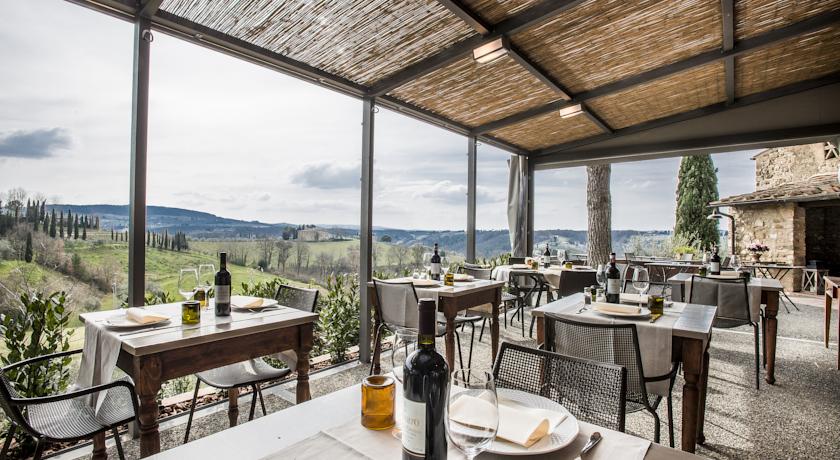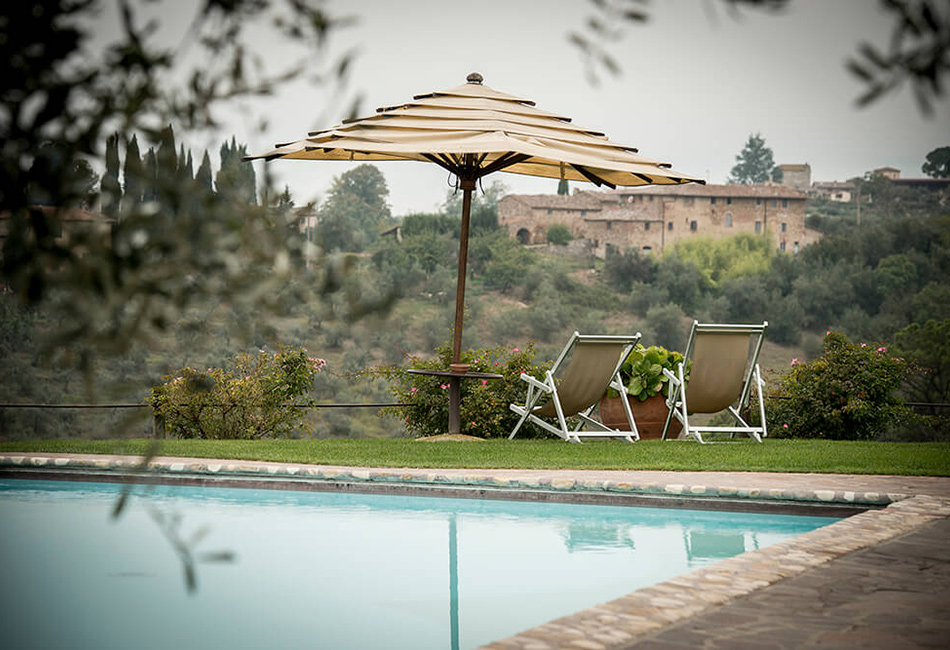Travel Writer’s Guide To Tuscany
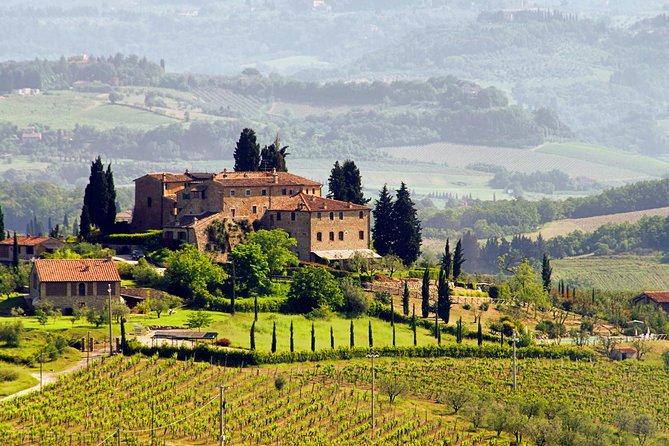
When you begin to plan your trip, you will begin to realize that Tuscany is actually very large with many areas to choose from. We will be focusing mostly on the countryside of Tuscany away from the cities, which is the most picturesque. When you see photos of Amalfi, they are almost always from the cypress tree-lined hillside.
This Travel Writer’s Guide To Tuscany focuses not only on a guide to travel but specifically with the needs of a writer in mind. A traveling writer needs to know the history, where to find inspiration, a great place to write, and a great place to lay their head. That way all you’re energy can funnel into creating!
History
While Florence is within Tuscany, we feel that the countryside of Tuscany deserves its own article. Tuscany was named after those who inhabited the region prior to the Romans. The Etruscans. After the Etruscans, Tuscany was ruled by Rome for centuries and later, settled down as a grand duchy. It was conquered by Napoleonic France in the late 18th century and became part of the Italian Republic in the 19th century.

Inspo
It’s hard not to feel inspired when you are living inside of a postcard. Once you get into the depths of Tuscany, you’re surrounded by all of the picturesque images you’ve only seen in images and movies.
There are many small villages along with remote hotels, wineries, castles, and homes. Tuscany is a perfect way to remove yourself from the modern world and dive into a world of your own creation. There is nothing like strolling through a cypress tree-lined path to completely remove you from your typical ideas of reality.
With such an inspiring atmosphere, it is no surprise that Tuscany was home to many famous writers from hundreds of years ago. Who are considered to be the three greatest writers in Italian history Dante, Petrarch, and Boccaccio, were all native to Tuscany. The region has drawn northern European writers since 1373 when the English poet Geoffrey Chaucer arrived. Chaucer is considered to be the greatest poet of the middle ages, and the father of English literature. extended his trip hoping to meet the Florentine poets he admired so much. He adopted the rhymes and meter patterns of Dante, Petrarch, and Boccaccio, who had been inspired by Tuscany long before Chaucer did.
In his masterpiece, The Divine Comedy, it is said that he was inspired by his description of Hell by the Orrido di Botri near Lucca in Tuscany. Also in his work, he was inspired by the character count Ugolino della Gherardesca who was imprisoned with his sons in a tower which is actually the Torre dei Gualandi in Pisa.
Dante wrote in the Italian vernacular rather than in Latin which influenced the course of literary development. The Tuscan dialect he primarily used would become standard literary Italian.
Giovanni Boccaccio’s 14th-century masterpiece, The Decameron, was set in a secluded villa in Tuscany where seven young women and three young men took shelter to escape the plague that was afflicting the city. This influential work of Boccaccio documents life in Tuscany at that time. To relive it one can walk the 170-km Anello del Rinascimento trail, which passes through the hills of Florence, punctuated by small parish churches, castles, ancient monasteries, and villages.
Writing Places
Tuscany is incredibly vast, encompassing many villages and open areas. While you can choose to stay within a village, you might not experience the quintessential idea of your Tuscan retreat.
It may be more satisfying to stay at a remote location, giving you an incredible view of the rolling hills. However, be advised that you would want to stay at a location that has accommodations, as it can be too far to venture into the nearest village. Here is a list of some locations that are ideal for writers to work while in the luxury of their own hotel.
1. Villa Loggio Winery and Boutique Hotel
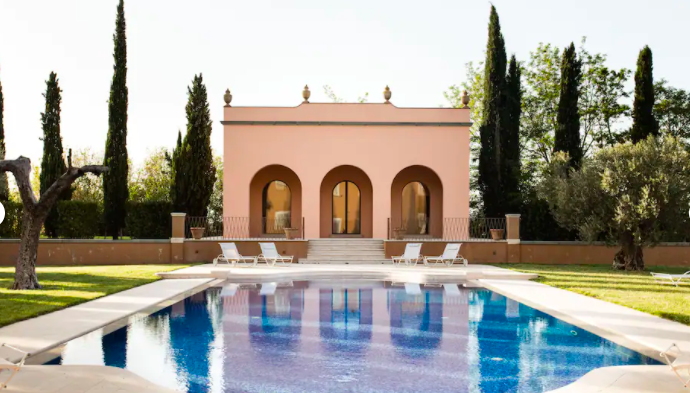
2. Relais Villa Olmo

3. Relais Poggio Borgoni
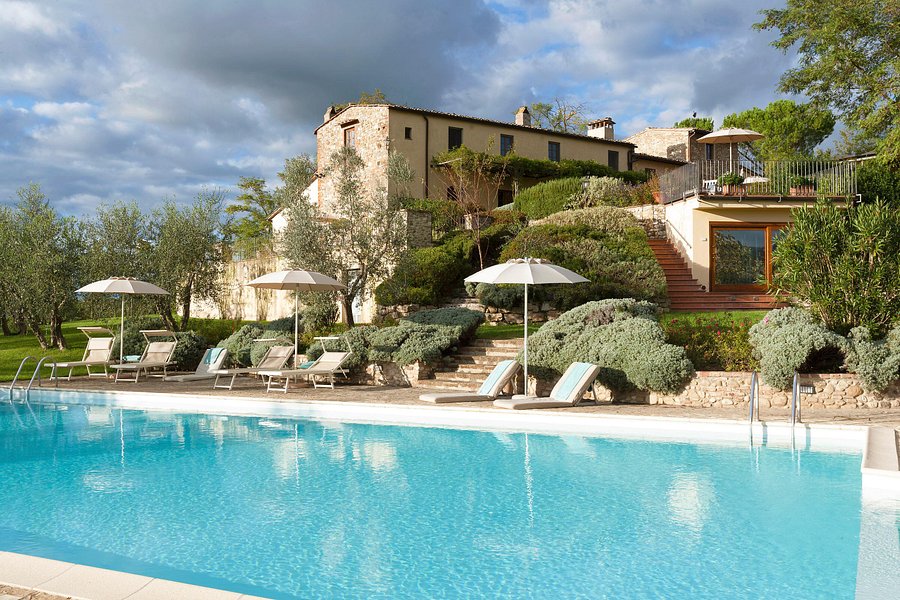
Travel Tips
Where to stay: In the Chianti region of Tuscany, there is a picturesque hotel and winery that we highly recommend. The hotel includes a restaurant, pool, outdoor movie screenings, nature trail, tennis court, and many outdoor seating areas to write or unwind.
Salvadonica
Getting there: Getting to the countryside, you can rent a car however if you are coming from Florence then you might consider hiring a car to take you. If you rent a car within Florence, then you will have to drive in the city and then likely arrange to get to the train station. By the end of it, you are better off getting a driver for almost the same cost unless you intend to use the car during your time in Tuscany.
However, if you are staying at any of the locations mentioned, then you might find that there is no need to leave!
When to go: The best times to visit Tuscany are between late September and October and between April and May. During this time, you will have a comfortable temperature and fewer crowds. However, the later summer months are not too warm if you don’t mind. Especially if your location offers a swimming pool, as many do.
